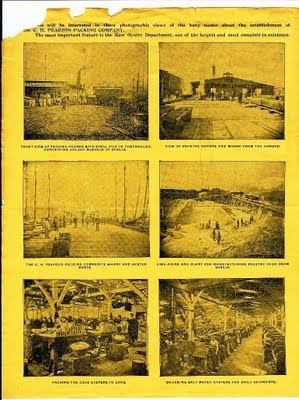In honor of Labor Day I ransacked my images for billheads and letterheads that depicted working people.

 1917 billhead John Burns fruit house and oysters La Crosse WI showing men unloading boxes on Mississippi River.
1917 billhead John Burns fruit house and oysters La Crosse WI showing men unloading boxes on Mississippi River.





 1917 billhead John Burns fruit house and oysters La Crosse WI showing men unloading boxes on Mississippi River.
1917 billhead John Burns fruit house and oysters La Crosse WI showing men unloading boxes on Mississippi River.

1888 billhead WD Newton cigar maker of Victor NY showing a man rolling a cigar.
1846 billhead Rich Downie Hereford brazier and tin plate worker UK showing interior scene of men pounding tin.
1868 billhead Samuel Richards glass makers pf Philadelphia showing men shoveling.


Billhead for Martin Dawon candy maker of Chicago IL with an interior scene of men working.




1884 billhead William King & Bro glass manufactures with interior scene of men working.


1894 billhead Buffalo Fish Company showing an interior scene of the factory and men working.
1855 billhead Mower & Rye job printers of Concord NH showing a man running a printing press.


1864 billhead for Big Redwood Mills manufactures of lumber of Mayfield showing a man leading a team of horses pulling a load of lumber.
Max Wocher & Son billhead surgical instruments and aseptic furniture of Cincinnati Ohio showing a man working on a machine.

Comments